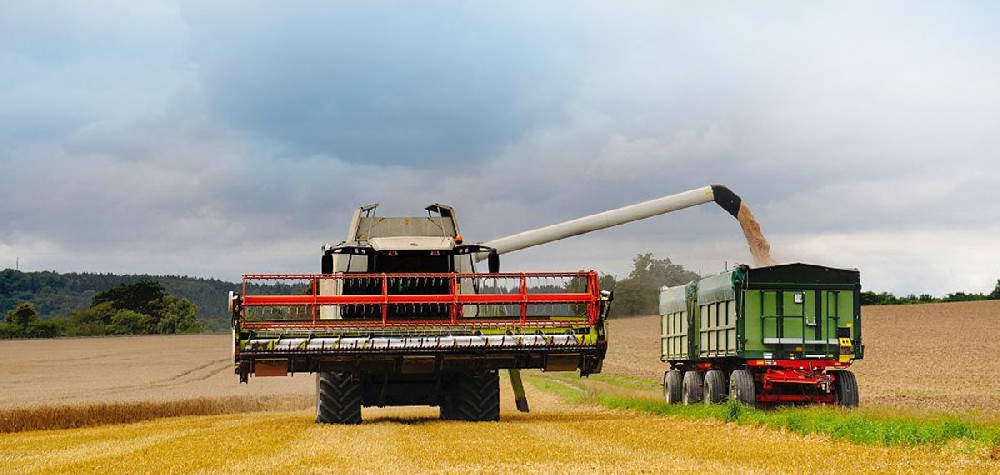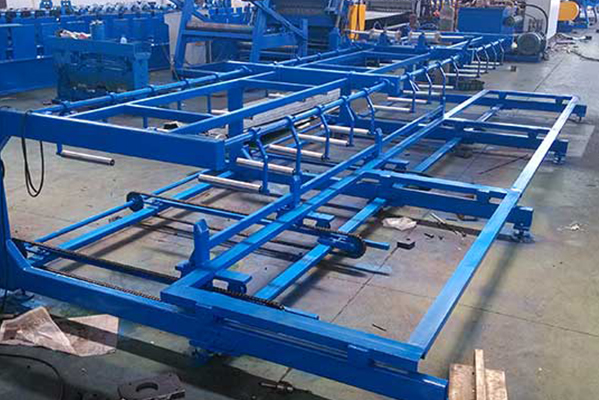Navigation Menu
Contact Us
- Email:
- info@wxavatar.com
- Address:
- Yurong Village, Yuqi Street, Huishan District, Wuxi, China.
Release Date:Jul 13, 2025 Visit:36 Source:Roll Forming Machine Factory
The landscape of industrial automation is constantly evolving, with a growing emphasis on efficiency, precision, and adaptability. While core production machinery remains central, auxiliary machines are increasingly becoming indispensable components in modern automated systems. These often-overlooked devices play a crucial role in enhancing the performance, reliability, and overall productivity of industrial operations.

Enhancing Efficiency and Throughput
One of the primary reasons for the rising importance of auxiliary machines is their ability to significantly boost operational efficiency. Consider material handling systems: robots might perform complex assembly tasks, but auxiliary machines like conveyors, feeders, and automated guided vehicles (AGVs) ensure a continuous and optimized flow of materials to and from these robots. Without them, the high-speed capabilities of advanced automation would be bottlenecked by manual or less efficient material movement. Similarly, part cleaning systems and drying units ensure components are prepared to precise specifications, preventing defects and rework down the line, thus contributing directly to higher throughput.
Improving Quality and Precision
Auxiliary machines are critical for maintaining and even elevating the quality and precision of manufactured goods. In applications requiring high accuracy, vision inspection systems act as an auxiliary "eye," identifying defects or verifying correct assembly with speed and consistency far beyond human capability. Automated gauging equipment precisely measures dimensions, ensuring adherence to strict tolerances. These systems not only catch errors early but also provide valuable data for process optimization, leading to a higher overall product standard.
Boosting Reliability and System Uptime
The integration of auxiliary machines also contributes significantly to the reliability and uptime of industrial automation. Temperature control units (like chillers for machinery) prevent overheating and extend the lifespan of critical components. Lubrication systems ensure moving parts are properly maintained, reducing wear and tear and minimizing unexpected breakdowns. Furthermore, waste removal and recycling systems (for non-green materials) keep the operational environment clear and prevent buildup that could interfere with machinery, ensuring smoother, more consistent operation. These preventative and supportive functions are vital for maximizing the operational availability of expensive primary equipment.
Facilitating Flexibility and Adaptability
Modern manufacturing demands flexibility, and auxiliary machines are key enablers of this. Tool changers allow robots or CNC machines to quickly switch between different operations without manual intervention, supporting the rapid production of diverse products on the same line. Automated storage and retrieval systems (AS/RS) provide on-demand access to a wide variety of parts or tools, enabling quick reconfigurations of production lines. This adaptability is crucial for businesses operating in dynamic markets that require frequent product variations or smaller batch sizes.

Conclusion
In conclusion, auxiliary machines are no longer mere accessories but fundamental elements in the drive towards comprehensive industrial automation. By enhancing efficiency, improving quality, boosting reliability, and facilitating flexibility, they empower businesses to realize the full potential of their automated investments. As industries continue to seek higher levels of performance and optimization, the role of these supportive technologies will only become more pronounced.